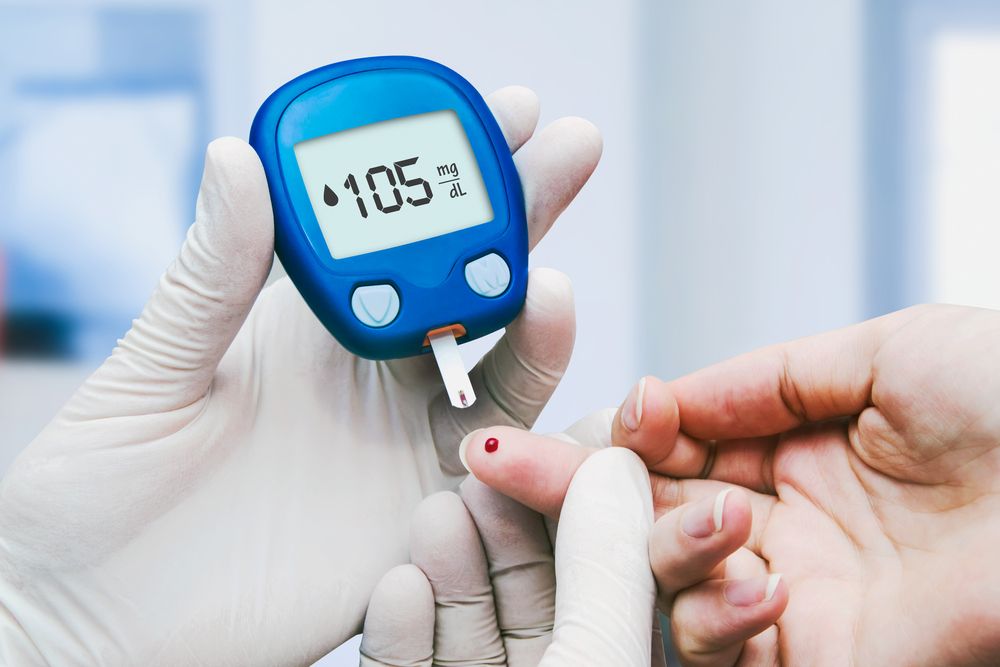MOBILE: CGM with Dexcom G6 Improves Glucose Control in Patients with Type 2 Diabetes Using Basal Insulin
A trial of more than 150 patients with type 2 diabetes using basal insulin without prandial insulin suggests CGM use among these patients could lower HbA1c and improve time in target range compared to traditional blood glucose monitoring.

Results of a randomized, open-label trial examining use of the Dexcom G6 Continuous Glucose Monitoring System supports the incorporation of continuous glucose monitoring (CGM) into disease management for patients with type 2 diabetes.
The study, which randomized more than 150 patients from 15 US medical centers, concluded use of CGM resulted in significantly lower HbA1c and increased time in target range at 8 months when compared to traditional blood glucose monitoring in patients with type 2 diabetes treated with basal insulin without prandial insulin.
Conducted by the MOBILE study group in conjunction with the Jaeb Center for Health Research, the current trial sought to expand on the current knowledge base surrounding CGM use in patients with type 2 diabetes, specifically those using basal insulin without prandial insulin. Of note, the MOBILE study group also published a similar study in JAMA assessing the impact of CGM versus traditional glucose monitoring in patients with type 1 diabetes in June 2020.
The trial was created with a multicenter, randomized, open-label, parallel-group design and randomized 175 patients in a 2:1 ratio to CGM or traditional blood glucose monitoring. Enrollment for the study was performed between July 30, 2018 and October 30, 2019 and follow-up was completed on July 7, 2020.
All patients included in the trial were not receiving care from an endocrinologist for their diabetes and were recruited from primary care practices. Eligibility criteria for the trial included being at least 30 years of age, locally measured HbA1c level of 7.8-11.5%, self-reported blood glucose monitoring testing 3 or more times per week, and available slitty of a smartphone compatible with a CGM device. Patients included in the trial could be using any other antidiabetes medications with the exception of prandial insulin.
Patients in the study were required to use a CGM that recorded glucose concentrations not visible to participants for up to 10 days. To be included in the trial, patients needed to have a minimum of 168 hours of glucose values available for analysis.
In total, 116 patients were randomized to CGM and 59 were randomized to traditional blood glucose monitoring. The overall study cohort had a mean HbA1c of 9.1% (SD, 0.9%), a mean age of 57 (SD, 9) years, 50% were women, 53% were racial/ethnic minority individuals, and 94% completed the trial.
Of note, original calculations indicated a sample size of 207 was needed to achieve at least 85% power to detect a difference in mean HbA1c level. Investigators pointed out recruitment was discontinued after October 2019 after it became apparent the study completion rate was higher than project—this was a joint decision between the coordinating center director and the study sponsor, which was Dexcom Inc.
The primary outcome of interest for the study was HbA1c level at 8 months. Secondary outcomes of interest included CGM-measured time in target glucose range of 70-180 mg/dL, time with glucose levels exceeding 250 mg/dL, and mean glucose level at 8 months.
Among patients in the CGM arm of the trial, the mean HbA1c level decreased from 9.1% at baseline to 8.0% at 8 months. Among patients in the control arm, mean HbA1c decreased from 9.0% at baseline to 8.4% at 8 months (adjusted difference, -0.4% [95% CI, -0.8 to -0.1%]; P=.02).
When assessing secondary outcomes, results indicated those in the CGM group achieved a greater mean percentage of CGM measured time in target glucose range (59% vs 43%; adjusted difference, 15% [95% CI, 8-23%]; P<.001), lower mean percentage of time above 250 mg/dL (11% vs 27%; adjusted difference, -16% [95% CI, -21 to -11%]; P <.001), and lower means of the mean glucose values (179 mg/dL vs 206 mg/dL; adjusted difference, -26 mg/dL [95% CI, -41 to -12]; P <.001) when compared to those using traditional blood glucose monitoring.
When assessing safety, investigators identified a severe hypoglycemic event in 1 patient from the CGM arm and 1 patient from the traditional blood glucose monitoring group. Additionally, 1 occurrence of diabetic ketoacidosis was observed in the CGM group.
In a related editorial, Monica Peek, MD, MPH, and Celeste Thomas, MD, MS, both of the University of Chicago Medicine, remarked on the promise of CGM in type 2 diabetes demonstrated in this trial and an additional retrospective study simultaneously published in JAMA.
“The clinical trial by Martens et al demonstrated the promise of using CGM in primary care settings, where most patients with type 2 diabetes receive their care. This trial, in which study clinicians met with trial participants during in-person clinic visits followed by virtual visits, provides a model that could be replicated or modified in many primary care practices throughout the US,” wrote Peek and Thomas.
This study, “Effect of Continuous Glucose Monitoring on Glycemic Control in Patients With Type 2 Diabetes Treated With Basal Insulin,” was published in JAMA.